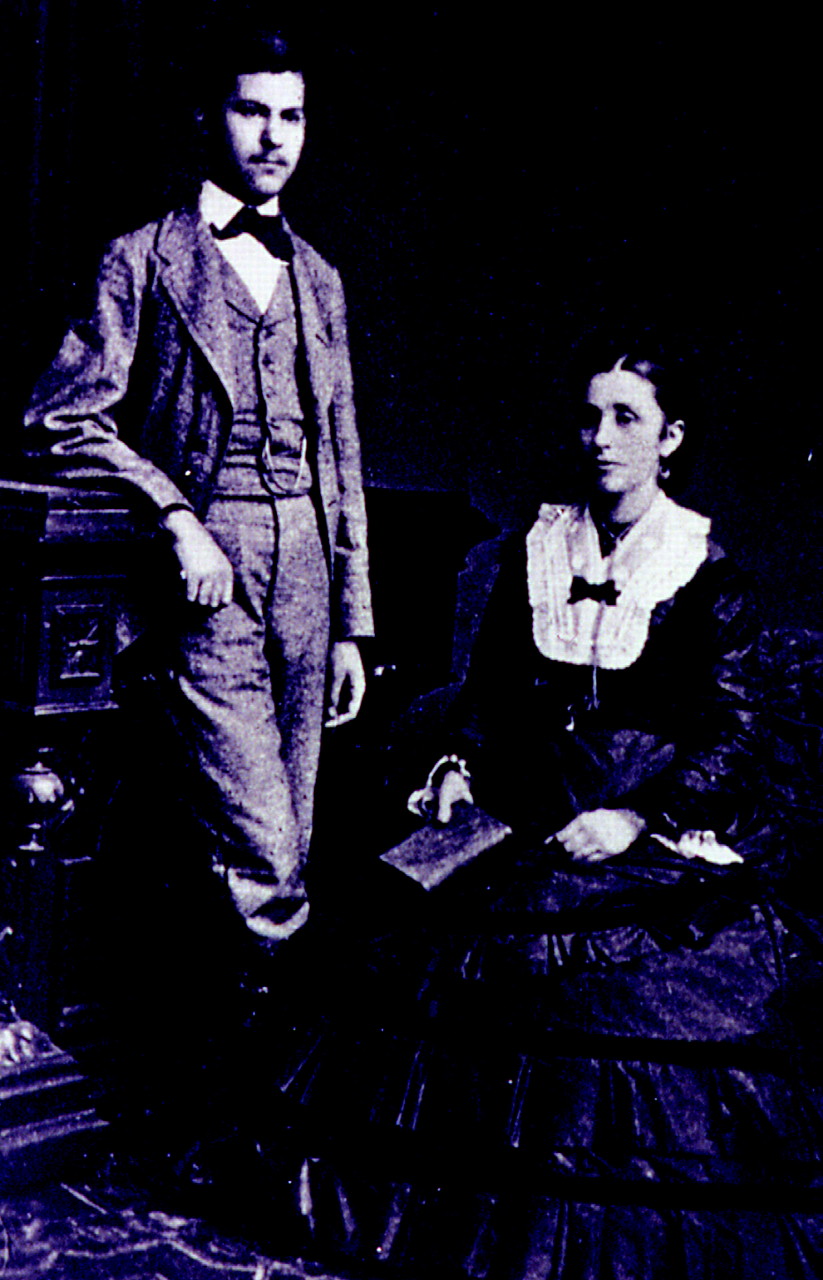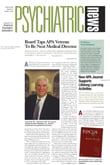The birth of psychoanalysis was by no means seamless. The foundations of psychoanalytic thought only came about after a series of false starts, painful moments, and striking self-revelation. A new PBS television special will document the long journey of a young Viennese doctor who has forever changed our concept of self.
“Young Doctor Freud,” a two-hour special on the birth and growth of psychoanalysis, will air on PBS on Wednesday, November 27, at 9 p.m. Producer and director David Grubin has recreated the story of Sigmund Freud’s life, with the aid of Freud’s personal letters and writings; commentary from Freud biographer Peter Gay; Freud’s granddaughter, Sophie Freud; and several of today’s prominent psychoanalysts.
Grubin told Psychiatric News that he wanted to create a film about the man who “single-handedly created an entire new field that has profoundly altered the way we think and feel about ourselves. I wanted to understand how he did it—that is what ‘Young Doctor Freud’ is all about.”
The film follows Freud through some of the most important periods of his life. As a student of neuroscience at the University of Vienna in the 1870s, Freud blossomed under the tutelage of Professor Ernst Brücke, from whom he learned that nothing is valid unless it fits into the strict laws of physics and chemistry, Grubin noted.
However, Freud would one day go beyond what he learned in Brücke’s laboratory to develop a theory of mind that was not based on the brain.
With the advent of Freud’s later theories on wish and fantasies, for instance, he “enters the world of mind and imagination—providing extraordinary material for humanities, literature, and the arts,” said Morris Eagle, Ph.D., in the film. Eagle is a professor of clinical psychology at Adelphi University in New York.
In 1885 Freud won a scholarship to medical school to study with Jean Charcot, one of the most famous neurologists of the day. During this scholarship, Freud became obsessed with revealing the hidden roots of hysteria. In his private practice, Freud used hypnosis, as Charcot did, to treat his patients who had hysteria.
“Young Dr. Freud” also chronicles Freud’s work with Josef Breuer, a physician who encouraged his patients to speak freely about their pasts while under a hypnotic trance. Ultimately, Freud discovered that the symptoms of hysteria abated only temporarily with this technique. So began the “talking cure.”
He likened his work to an archeology of sorts when he described analysis as “excavating a buried city; clearing away the pathogenic and psychical material, layer by layer.”
The film depicts how much of the substance behind Freud’s burgeoning theories came from sometimes painful self-revelations that occurred in tandem with the treatment of his patients. Grubin reserves the latter part of his film to delve into Freud’s childhood, since it is only as an older man that Freud gleaned new insight into the youthful experiences that would shape him as an adult.
The analyses of his own dreams and memories from childhood led Freud in bold new directions—while sexuality was seldom discussed in Viennese society, it became a focus of Freud’s theories.
The Viennese Society of Psychiatry and Neurology rejected his claims that hysteria may have been caused by the “grave sexual injuries” inflicted upon children by adults.
“At that time, I’d reached the peak of loneliness. No one paid any attention to me, and the only thing that kept me going was a bit of defiance,” Freud wrote of that period of his life.
It would be 20 years before Freud received the acceptance he long sought.
Today, Freud’s “insights into the ways our mind is divided and the ways in which we are at war with ourselves change our very conception of human nature,” Eagle said. ▪

